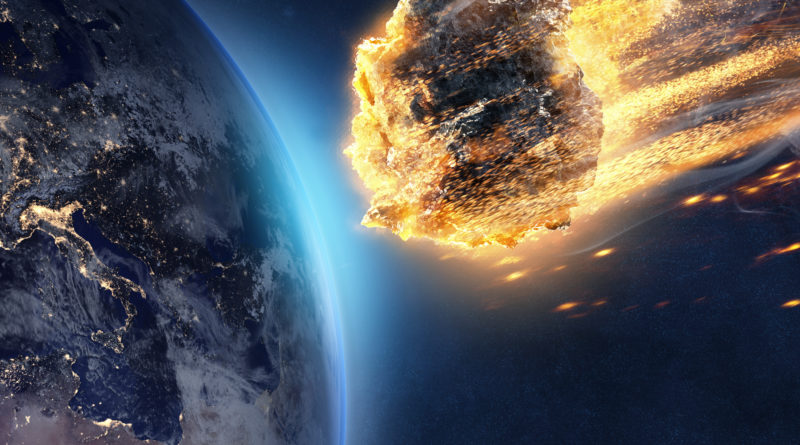An Asteroid Almost Hit The Earth Last Week
8,210 total views, 1 views today
On July 24th, three different asteroids zipped past Earth, each of different sizes and at vastly different distances from the planet. One of them, however, was close and large enough to have potentially posed a threat.
An asteroid that NASA has named 2019 OD crossed Earth’s orbit within 222,164 miles of the planet’s surface. By comparison, the moon orbits the earth at a distance of 238,900 miles. The asteroid is the size of an Egyptian Pyramid, meaning that if its path had deviated just slightly enough that it actually entered the earth’s atmosphere, the results could have been catastrophic.
NASA astronomers first detected 2019 OD three weeks ago. Their observing of 2019 OD comes after independent astronomers determined that telescopes can easily provide the agency with enough information — and time — to relocate people from potential asteroid strikes.
Last month, astronomers with the University of Hawaii used two survey telescopes to monitor a small, non-threatening asteroid called 2019 MO that entered the earth’s atmosphere on June 22nd. This asteroid caused no damage, and at merely 13 feet in diameter, it was all but microscopic compared to 2019 OD.
Nevertheless, following the University of Hawaii astronomy team’s detection of 2019 MO, NASA began tracking it using the Scout impact analysis software available at its Jet Propulsion Laboratory (JPL). NASA initially determined the likelihood of 2019 MO impacting to be a 2 on a scale of 0 (unlikely) to 4 (likely). Later, an engineer with the JPL noticed additional asteroid activity near Puerto Rico, and further telescope imaging in response allowed NASA to upgrade the likelihood of 2019 MO landing to a 4.
This work on the non-threatening asteroid informed NASA on future asteroid tracking methods, which came in handy with 2019 OD. Astronomers are confident that the telescopes used to track both 2019 MO and 2019 OD can help detect dangerous future impacts.
Some experts say that an asteroid impact is the doomsday scenario over which people have the most control. Though the idea of preventing a space object of predetermined, unchangeable orbit from impacting the earth may sound far-fetched, NASA, FEMA, and other astronomy and space agencies and organizations ran several asteroid-strike drills earlier this year — well before 2019 MO and 2019 OD were detected.
Experts both within and outside these agencies insist that the likelihood of a catastrophic asteroid strike is extremely low within the next century or so. None of the many asteroids that NASA and astronomers around the world currently know of pose any threat to life on Earth. No asteroid large enough to impact life on Earth in any noticeable way is likely to strike the planet until at least the year 2207.
The other two asteroids that whizzed past Earth at the same time as 2019 OD were never a threat. One of these two, 2019 OE, was between 79 and 174 feet in diameter, moving past Earth at a distance of 598,635 feet. The other, 2015 HM10, was about the same size as 2019 OD, but passing Earth at a distance of 2,914,164 feet, it never posed any danger to the planet.


Pingback:URL